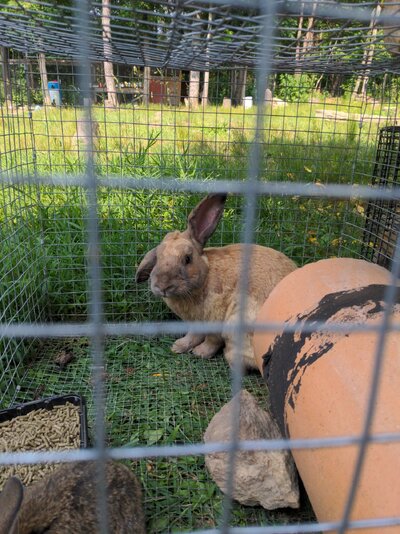Toadstool21
In the Brooder
- Feb 9, 2023
- 24
- 23
- 41
For flea treatment you have to be very careful as medication made for cats and dogs can be extremely toxic for rabbits
I would recommend getting a flea comb and spraying the enclosure with apple cider vinegar
I would recommend getting a flea comb and spraying the enclosure with apple cider vinegar





